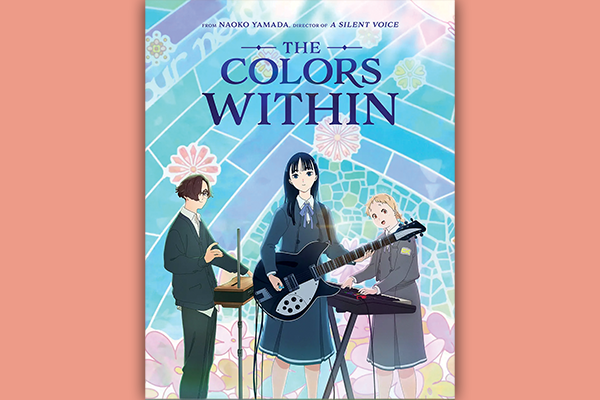WHEN THE VATICAN introduced an anime-inspired mascot named Luce for the Year of Jubilee, online critics called it creepy, uninspiring, even “deeply evil.” The pushback against the cheerful, blue-haired pilgrim isn’t that surprising given the way anime is often stereotyped as an immature medium. Yet as animator-director Naoko Yamada demonstrates in her latest film, The Colors Within, anime can convey important existential truths.
Anime (Japanese animation) originated in the 1900s and spread across the globe with the advent of the internet and streaming services. Signature attributes of anime—including big-eyed characters with vibrant hairstyles—attract interest and, occasionally, scorn. Yet Japanese studios like Studio Ghibli have done well to engage with serious topics, from fascism to the devastations of war. Yamada’s work gives us another reason to take this medium seriously.
Read the Full Article

